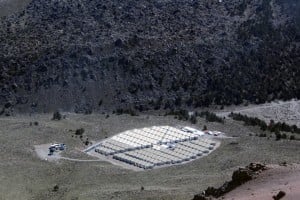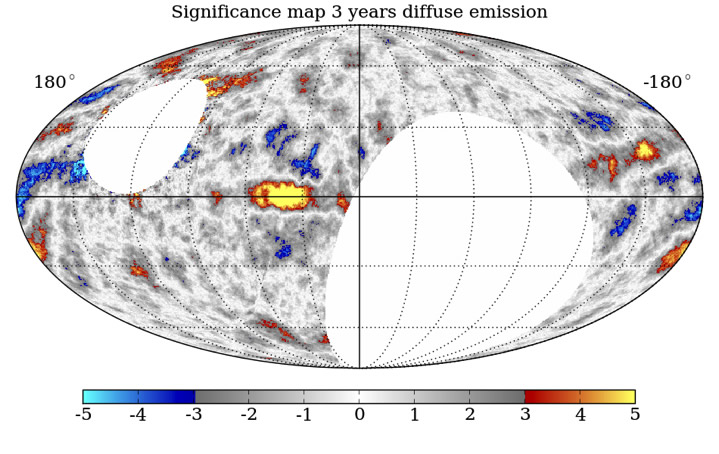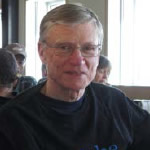
Research with the HAWC Gamma-Ray Observatory
The High Altitude Water Cherenkov detector, or HAWC detector, is a high-energy gamma-ray observatory. It is currently under construction in Mexico at 4,100 m (13,450 feet) altitude. Gamma rays are part of the electromagnetic spectrum, like radio waves or x-rays. The main difference is that gamma rays are the most energetic photons that we know so far.
The HAWC detector is already measuring the secondary particles produced by the electromagnetic interactions of gamma rays with the particles that make up the atmosphere. The detection of the secondary particles with 300 water Cherenkov detectors, or WCDs, provides information about the direction of the primary gamma-ray photon and its energy.
I am doing my research with Dr. Petra Hüntemeyer. Part of my research is focused on the calibration system of the detector. I maintain the software to control a laser that is used to calibrate the timing and the charge of the WCDs. A view of the HAWC detector is shown in Figure 1.
The second part and main goal of my research is the study of the Galactic Diffuse Emission (GDE) at TeV energies. This emission is formed mostly of photons that were produced by the interaction of cosmic ray particles with gas and radiation fields in the Milky Way Galaxy. Since the gamma-ray photons are a product of the high-energy cosmic rays, studying the GDE will help us understand how cosmic rays propagate and distribute in the galaxy. Currently, I am analyzing data from the Fermi Space Telescope to study GDE in different regions of the sky, like the Cygnus arm of our galaxy. I am also doing simulations to understand how well HAWC will detect the GDE. Figure 2 shows the result of one of these simulations with statistical excesses of gamma rays along regions of the Galactic Plane.
by Hugo Ayala

